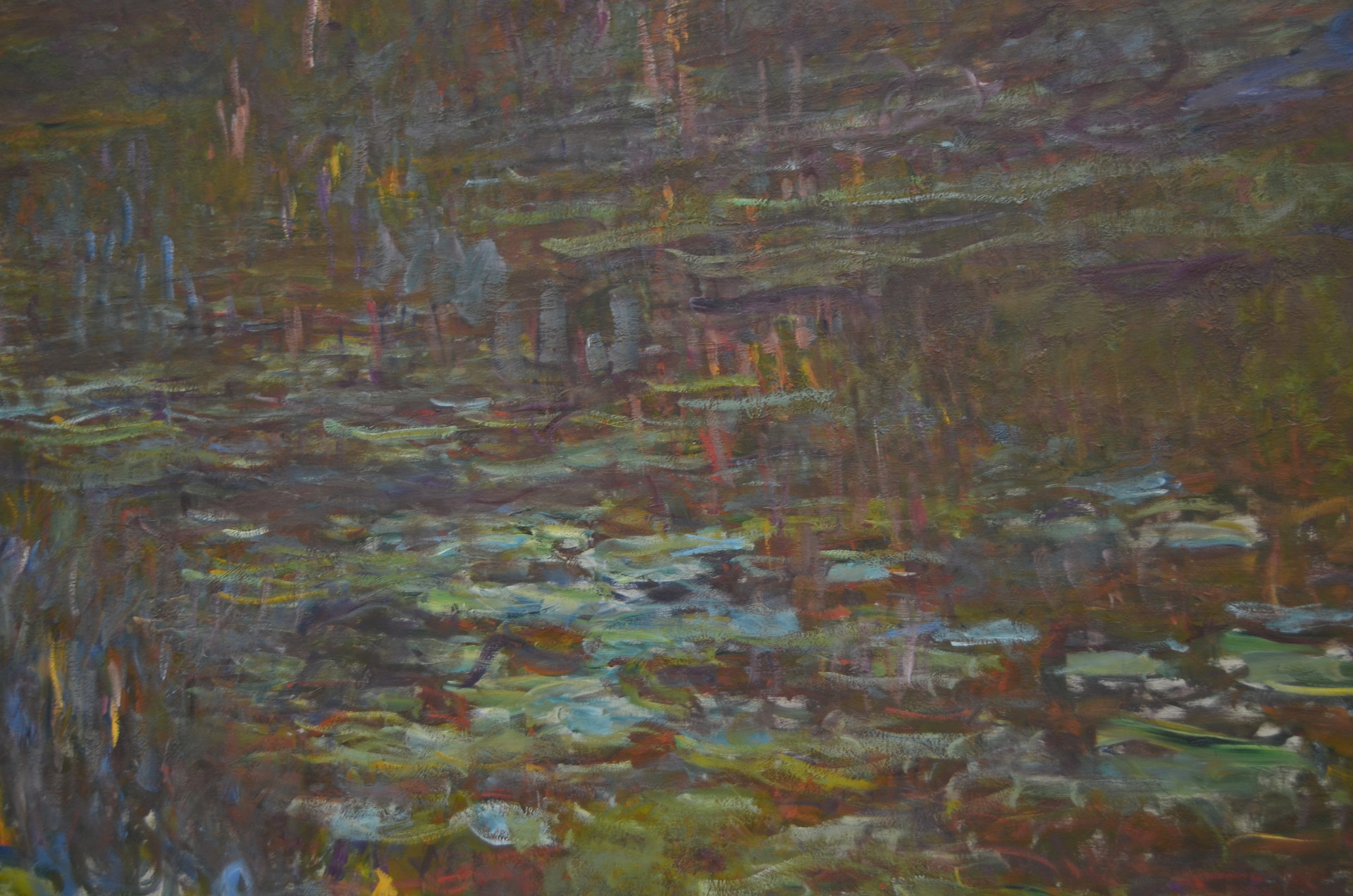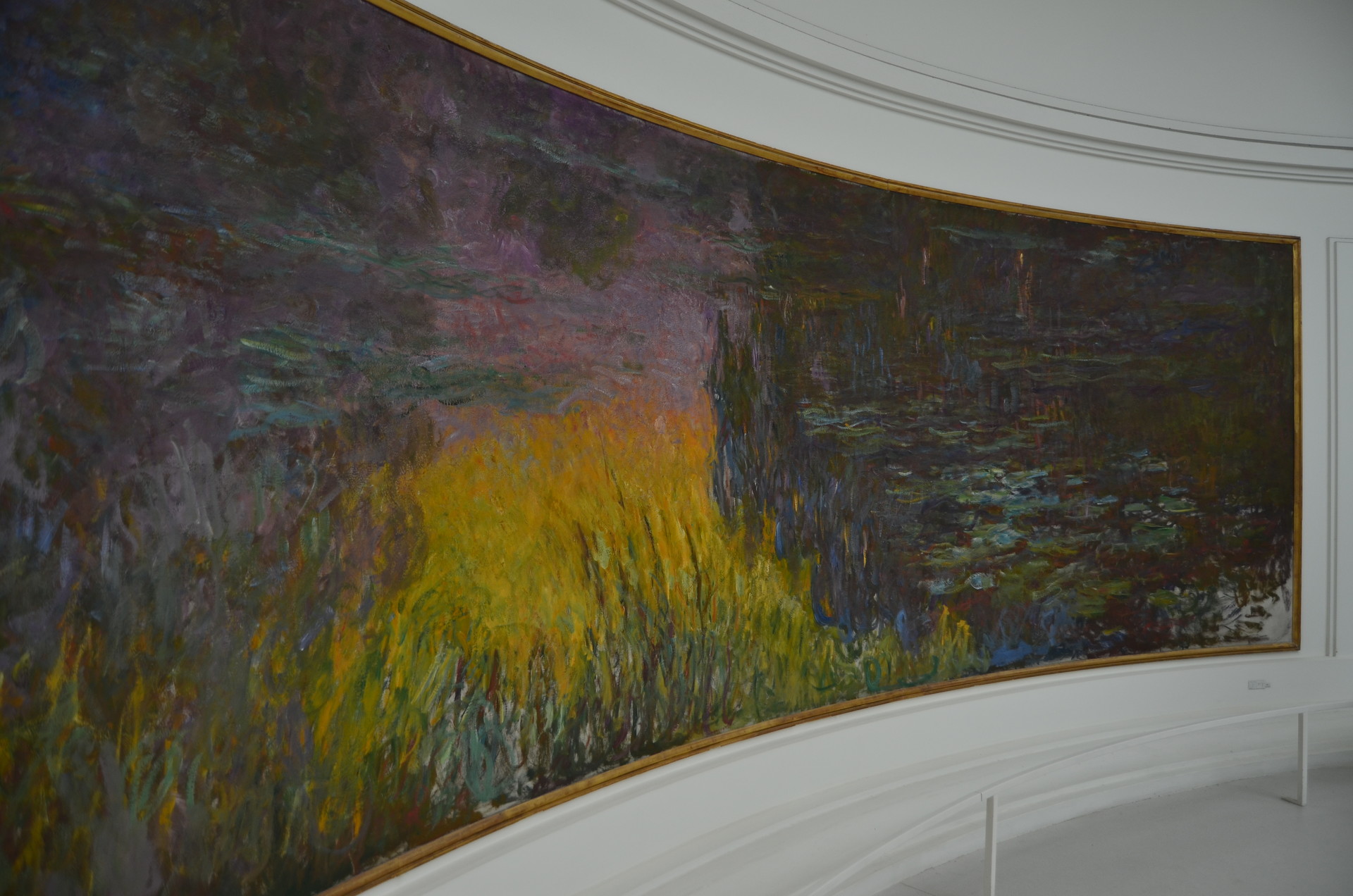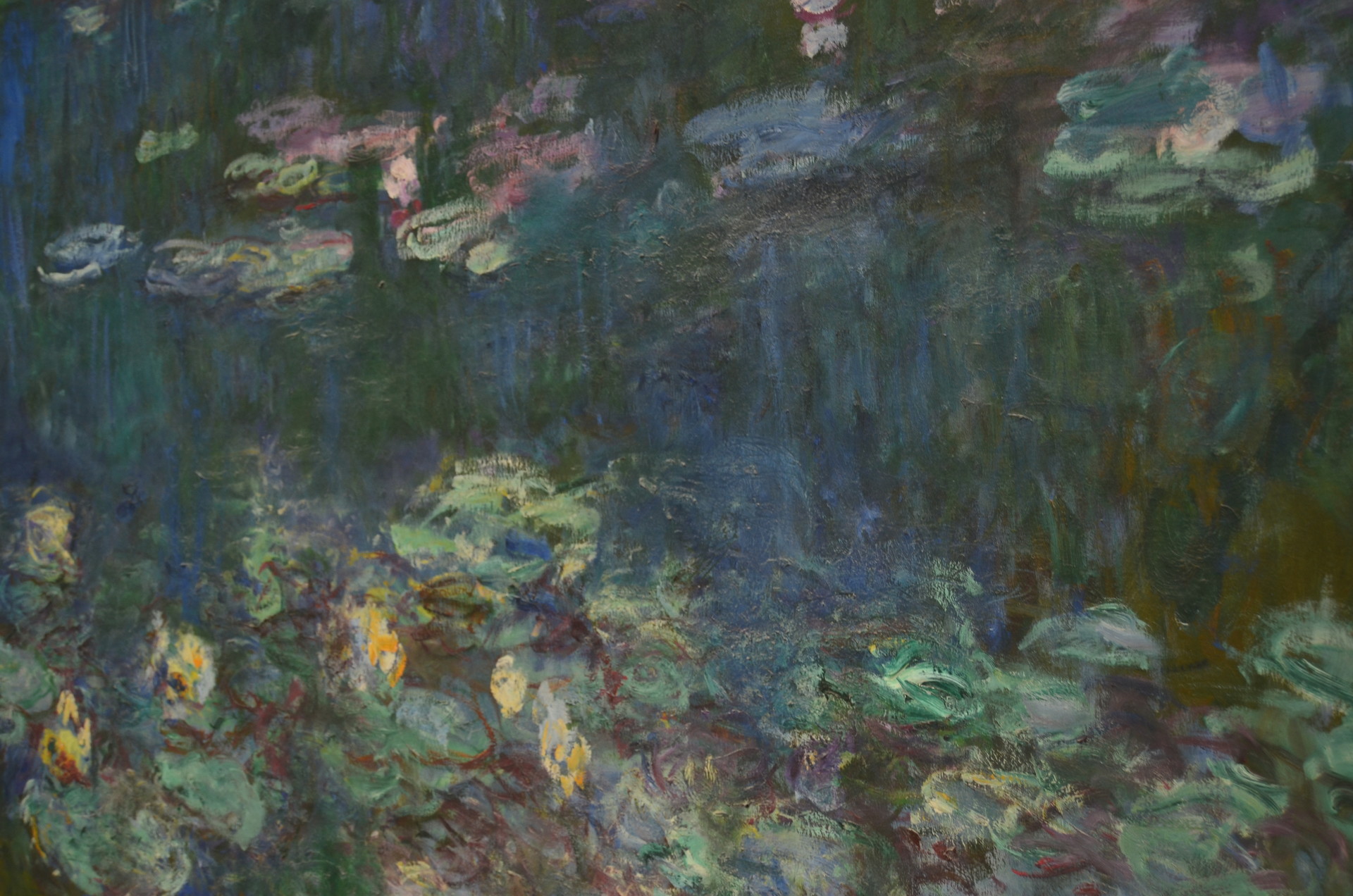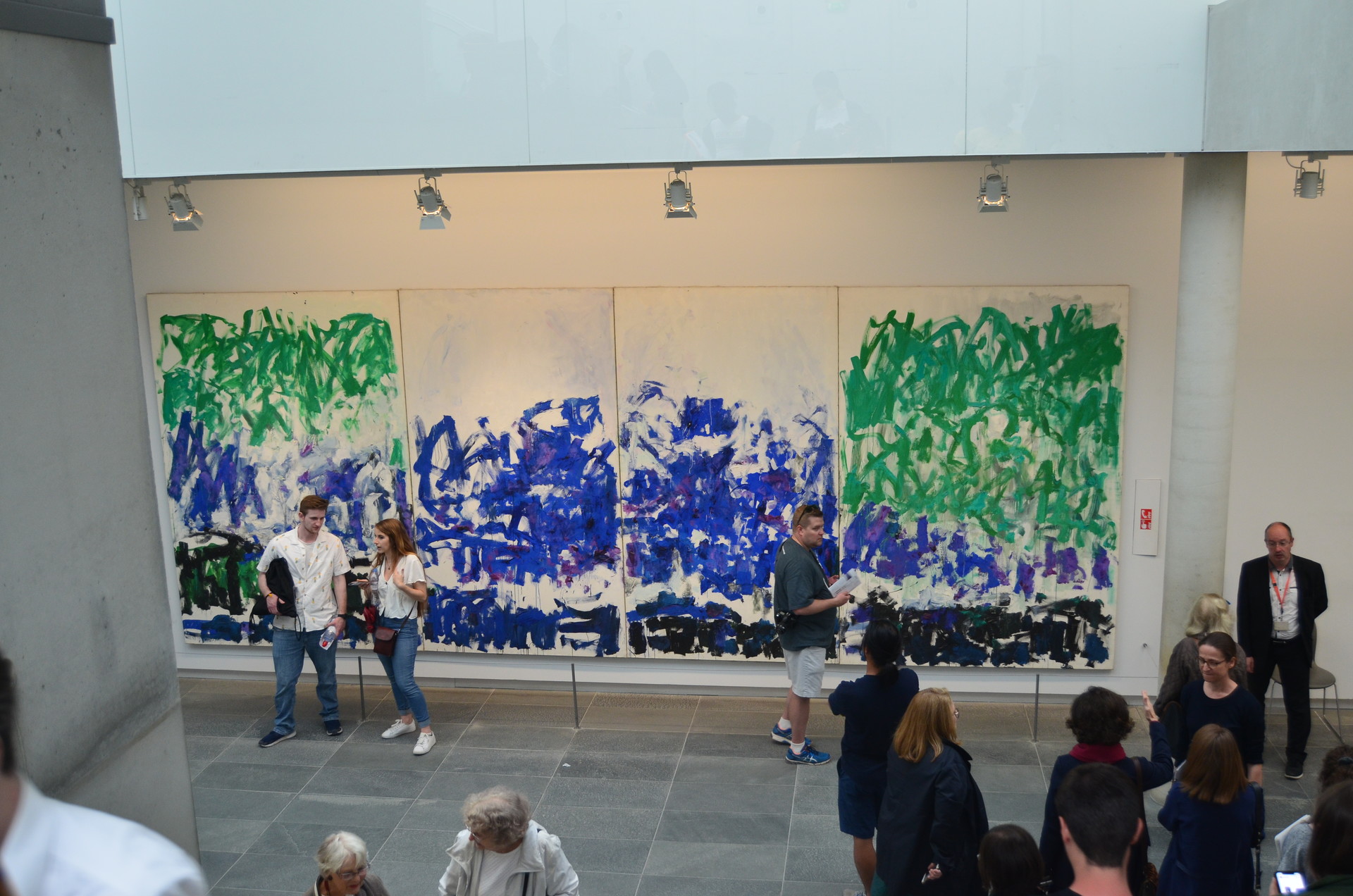I am a fan of Monet's paintings from a very long time and I've always had an extreme desire to see and experience his art, especially ''The Water Liles'' or the serie known as Nymphéas in the french language.
In my 3 day trip to Paris, my dream finally came true as I was walking inside the Musée de l'Orangerie.
Where is the museum located?
Musée de l'Orangerie is situated in the old orangery of Jardin des Tuileries next to the Place de la Concorde. If you are moving around with the metro then very near you can find the Concorde metro station.
Another museum that you can visit in this area is Jeu de Paume, a museum of contemporary art located as well in the Tuileries Park. Unfortunately, I couldn't enter here because it was Monday and the museum was closed. And speaking of that, when you decide to visit museums, at first check their's time table! In Paris, as I noticed, some of them were closed on Mondays and others on Tuesdays.
Musée de l'Orangerie is closed on Tuesday and opened in the rest of the week. I was visiting the museum on Sunday and also on Monday because I love it so much I had to get back one more time before I left Paris.
How much a ticket costs?
Because it was the first Sunday (or weekend) of the month the entrance was free for everybody.
On Monday I didn't pay to enter too because if you are under 26 years old and a resident of an Europe Union country the entry is free. If you are young then take advantage of this privilege and visit as many museums as you can. It's a must!
If you are not so lucky and older then 26 years old, you have to pay for a full ticket 9 euros.
Why you should visit Musée de l'Orangerie?


I love painting. I knew about Musée de l'Orangerie since a very long time. I saw lots of photos on the Internet and read about Monet's paintings, so the last thing to do was to experience his art with my own eyes and mind.

And this is what I did. I was more then fulfilled.
On the first floor of the museum there are two big white oval rooms filled with diffused light on which walls are displayed eight large mural paintings signed by Claude Monet, who also designed the specific shape of the each room.
Monet's aim was to create a place of peace and contemplation. In 1909, he wrote about this project like so: '' Nerves strained by work would relax in its presence, following the restful example of its stagnant waters, and for he who would live in it, this room would offer a refuge for peaceful meditation in the midst of a flowering aquarium. ''

Monet's inspiration was his water garden at Giverny, a place that should be on your list if you are travelling in France.
How I felt being inside of Monet's paintings?
Yes! Because the paintings are quite large and are covering almost the entire walls 's surface I felt like I was inside the paintings. Everywhere I looked there was a part of his world and everything was in the right place.

I got the feeling of infinte even if Monet represented in those panels the passing of the hours, of time from sunrise in the east to sunset in the west.

The horizon is not existing in his world of water, air, sky, earth or lilies. I imagine myself being in an endless beautiful world of blue, violet and green.
I had one strange wish: to remain by myself in those rooms, only with the images.
Who is Monet and why is important to know him?
If you don't know by now who is he that I talking about or maybe you have an idea, but you forgot, then I have to tell you that Claude Monet is a french impressionist painter and even the term ''impressionism'' is linked with his painting ''Impression, soleil levant'' which became the manifesto of the new artistic movement in 1874 when the artwork was exhibited in Salon des Refusés, an alternative of Salon de Paris.
Monet was painting most of the time in plein air and because of that his main subject was the changing light and the passing seasons.
If you are not impressed by Monet there is also something else to see.
On the -2 level of the museum there is The Jean Walter & Paul Guillaume collection which includes artworks by very well-known and important french artists such as Renoir, Cezanne, Modigliani, Matisse or the spanish painter Pablo Picasso.


I visited this exhibition too, but for me seeing Monet's large paintings was more than enough.
 What to see Paris,
Paris,
France
What to see Paris,
Paris,
France

































